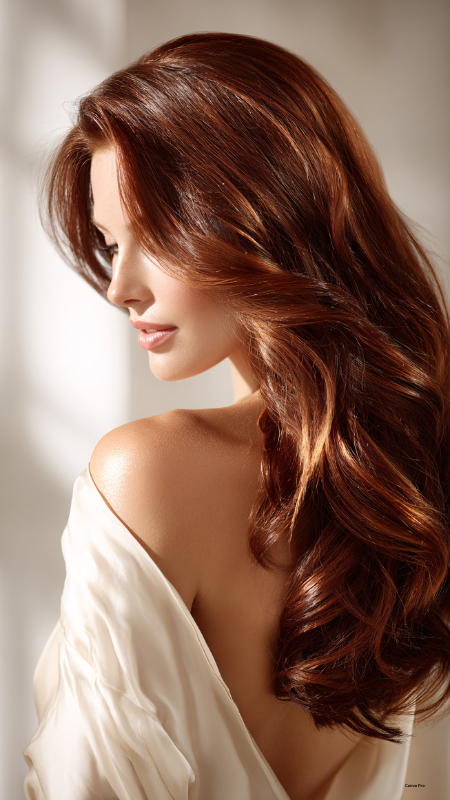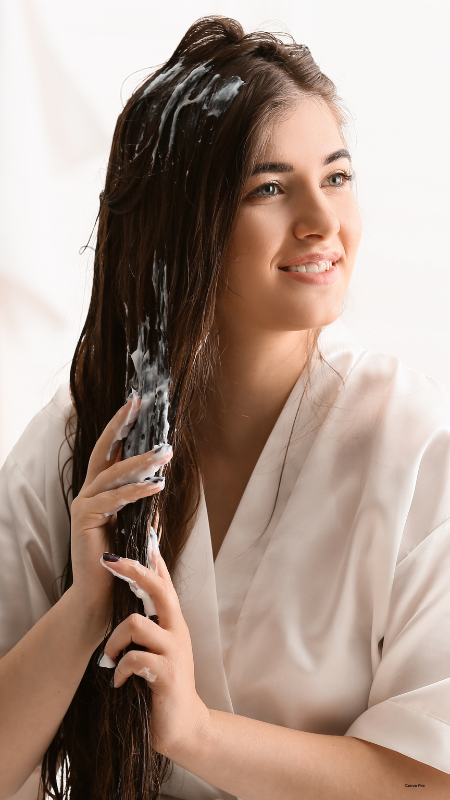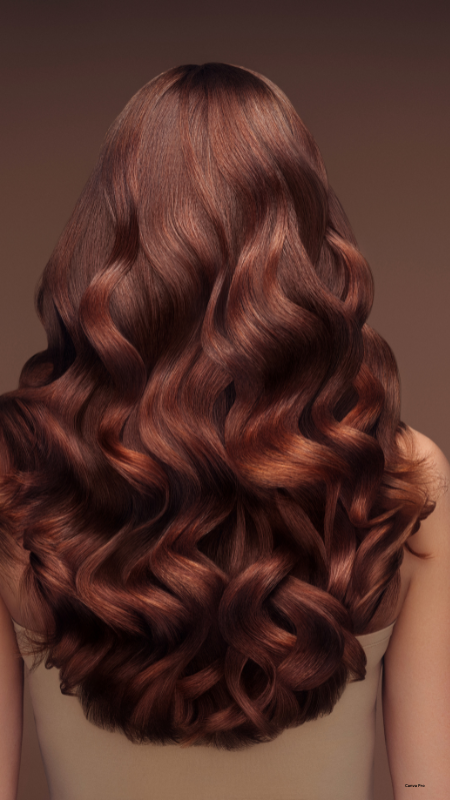The Rise of Longhair: How flowing tresses symbolize wealth, status, and shifting gender norms while challenging traditional expectations about femininity, age, and cultural expression.
The rise of longhair marks a growing movement among women embracing lengthy tresses, signalling a transformation in beauty ideals and fashion sensibilities. An expert examines why this might be happening and considers the profound cultural significance associated with hair length, texture, and its symbolism.
It feels like we’re in a time where long hair dominates the scene, with many women embracing maximum hair length as a form of cultural expression and individual identity. This trend spans various hair textures, with an increasing number of women also choosing to embrace their natural hair.

Gucci’s latest film, debuting Demna’s first collection for the brand, premiered at Milan Fashion Week. It featured Demi Moore, known for her long, flowing hair that cascades, embodying the current trend towards longer hairstyles.
A few days before this, during President Trump’s visit to the UK, Melania Trump and Catherine, Princess of Wales, both showed off their loose flowing brunette hair at the state dinner, further emphasizing the popularity of longhair in high-profile settings.
You may also read: Diana Ross’s Regal Return: A Family Legacy Adorns Met Gala
Long hair has become a common trait among several women associated with the Trump administration and its inner circle. It often grabs headlines, and names like Kristi Noem, Karoline Leavitt, and Lara Trump are part of this trend, showcasing how hair length can become a symbol of collective identity.
Michelle Obama also turned her hair into a message of self-expression and independence. After leaving the White House, she moved from her neat, structured bob to bold, flowing braids that exude confidence, challenging societal expectations about hair and age. This shift also highlights the importance of embracing natural hair textures and styles.

This change contrasts with old-fashioned ideas about hair and gender. Linda Wells, editor of Air Mail Look and Allure’s founding editor, explained that there was once a prevailing belief that older women were expected to wear their hair shorter. Notably, Mrs. Trump is the first recent first lady to keep her hair long, below shoulder length, defying traditional notions of hair length and age.
You may also read: The Complex Cultural Dynamics of This Year’s Met Gala
Hair extends beyond its physical appearance and holds deeper cultural significance. This change signals more than beauty trends. It suggests shifts in how people view gender roles, social status, race, and age, with hair length becoming a powerful form of cultural expression. The interplay between masculine and feminine hairstyles also reflects changing societal norms.
“Long hair has a deep place in history and stands for many ideas like religious faith, defiance of norms, or classic femininity,” says Duffy, who designs hairstyles for high-end brands such as Chanel, Celine, and Alaïa. This highlights the cultural significance and hair symbolism that have persisted throughout history, from ancient civilisations to modern times.
In Eurocentric history, people viewed women’s long hair as a symbol of youth, health, innocence, and their reproductive potential. Cutting it short or wearing it up often showed they were growing up and fitting into society’s rules. These practices often served as rites of passage, marking important life transitions. Shorter styles also represented progress, as professional haircuts became available when salons became more common.

On the other hand, keeping long hair began to represent rebellion against societal expectations, as seen in the musical “Hair,” or it became a way to push back against outdated ideas in modern times, reflecting how hair trends can be tied to counterculture movements. This rebellion sometimes extended to challenging notions of cultural appropriation in hairstyles.
Ms. Wells believes the popularity of long hairstyles today shows some key social trends. One of the biggest trends is a move toward traditional values, and the tradwife seeks out styles that feature long hair. However, she also notes that financial differences significantly influence this fashion, underscoring the connection between hair length and perceptions of wealth and power.
You may also read: 10 Perfect Lipsticks To Look Younger
She explained that long hair is often seen as a sign of affluence. She said, “Keeping it shiny and healthy needs both good health and plenty of money.” Some hairstylists even have a term for this style. They call it “wealthy woman’s hair,” emphasizing how hair quality can be seen as a status symbol.
As people age, this shift gets more noticeable. Hormonal changes and declining estrogen after menopause often cause hair to thin out and break more easily. In the past, shorter hairstyles were a sensible way to deal with these natural changes. While newer treatments are available to manage these issues, they are accessible only to those who can afford them, further highlighting the connection between hair growth, hair quality, and socioeconomic status.
Ms. Wells mentioned how products like Nutrafol and Omi have gained a lot of attention, along with serums, hair masks, and detailed hair care routines. She said, “There isn’t solid scientific proof that these products help hair growth,” but pointed out that their popularity shows the significant interest among buyers.
The cultural significance of hair extends beyond everyday life into special occasions and religious practices. Bridal hairstyles, for instance, often reflect a blend of personal style, cultural traditions, and contemporary trends. In many wedding traditions, the bride’s hair holds special importance, sometimes symbolizing purity, fertility, or the transition to married life.
Moreover, hair plays a crucial role in various religious practices and holds spiritual significance across different cultures. From the long, uncut hair of Sikh men to the covered hair of some Muslim women, hair and religion are often deeply intertwined. These practices illustrate the connection between hair and spirituality, with hairstyles serving as external manifestations of inner beliefs.
This could mean that the trend of embracing longer hairstyles will persist for a while, continuing to shape our understanding of hair trends, beauty standards, and the complex interplay between hair and gender in society. As we move forward, it’s likely that the cultural, spiritual, and personal significance of hair will continue to evolve, reflecting broader societal changes and individual expressions of identity.
Source: Vanessa Friedman (September 29, 2025). Why Do So Many Women Have Long Hair Now?. https://www.nytimes.com/2025/09/29/fashion/hair-long.html?ae=ap
#Why_are_women_choosing_longer_hairstyles_today, #Cultural_significance_of_long_flowing_hair, #Long_hair_as_symbol_of_wealth_and_status, #How_celebrities_influence_long_hair_trends, #Long_hairstyles_defying_traditional_age_expectations, #Natural_hair_texture_movement_cultural_impact, #Religious_significance_of_hair_length_traditions, #Long_hair_and_changing_gender_normssociety, #Cost_of_maintaining_healthy_long_hair_treatments, #Historical_meaning_of_women’s_long_hairstyles, #Long_hair_as_rebellion_against_societal_expectation, #Wedding_traditions_and_bridal_hair_symbolism
